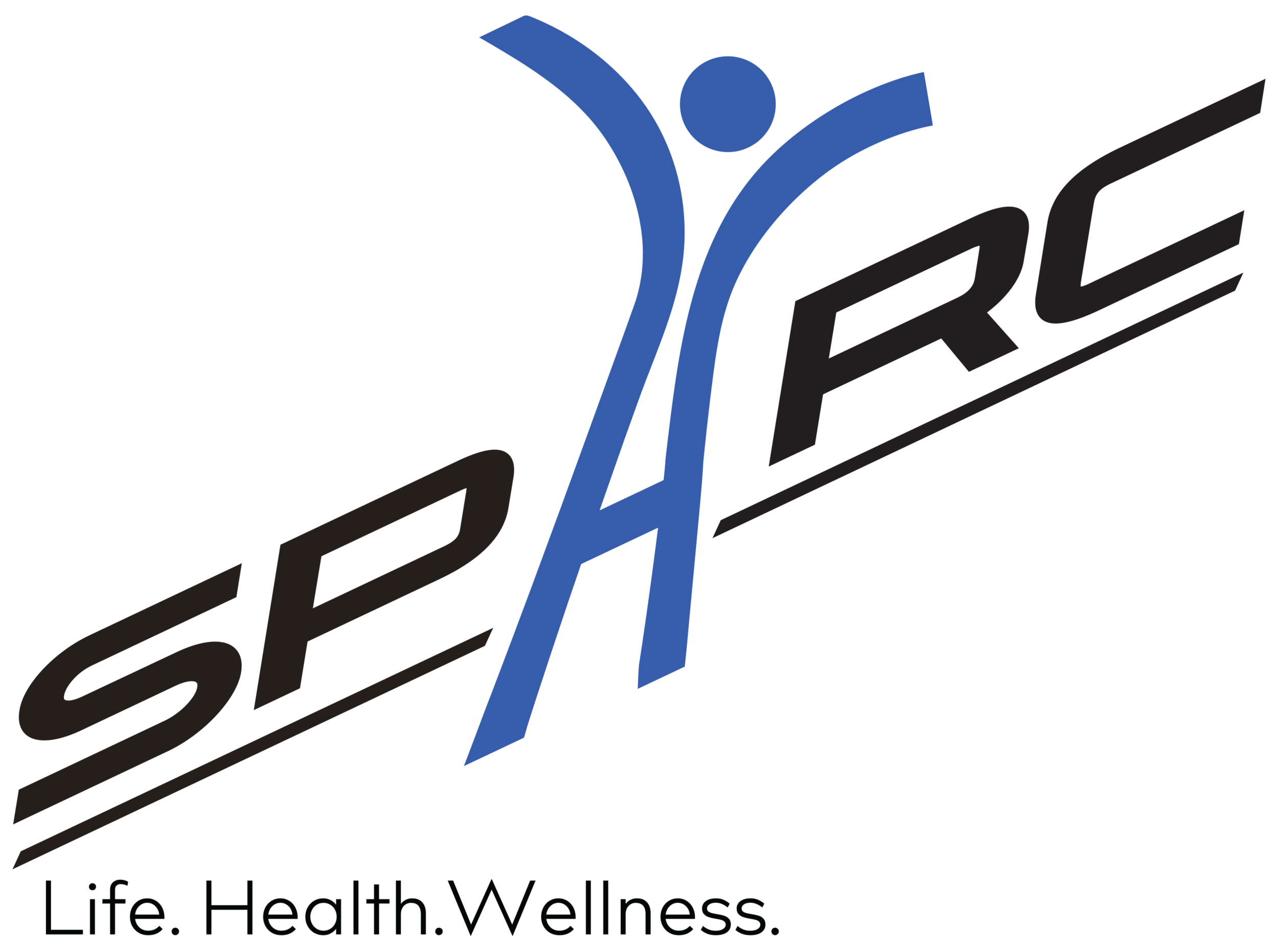Firefighters, Fitness and Injury
I’ve had the privilege to work with quite a few firefighters. As they can attest to, their profession is extremely physical. We think of the typical activities associated with the job: Carrying heavy loads, wearing full gear, climbing multiple flights of stairs, lifting people etc. However, there are so many other aspects of the job that are just as physical and can cause or increase pain. Therefore, most firefighters I’ve worked with professionally understand that fitness is key to the longevity of their career and strive to be very strong.
Unfortunately, I’ve also never met a firefighter who hasn’t had some kind of serious injury. Sometimes the injury occurs on the job and is unavoidable. If you’re a firefighter, then you know that many times these injuries also happen outside of emergency situations including exercising or doing common tasks around the firehouse.
The next logical question is then, if I value my fitness and I’m working hard to keep my body ready for any challenge, why am I always hurt or dealing with an injury?
Well, that question can have many answers. True, sometimes you can’t avoid injury. Saving a person’s life becomes the priority. But what about all the other injuries that start to pile up that aren’t related to pulling people from burning buildings? And why might your workouts be contributing to your pain if the whole purpose is to prevent injury?
If you fall into this category of firefighter (which is a lot of you) or if you are working in a similar profession where you deal with emergency situations (law enforcement, nurses etc.) then here are three pieces of advice I can give you that can help you reduce or alleviate your chronic pain, as well as help you prevent further injury:
1. Reduce your participation in workouts with heavy loads or that feature extreme intensity by 20-30%.
What?! But I’m a firefighter. I need to be strong! You are very correct and an effective program for your profession ABSOLUTELY needs to include heavy lifting as well as high intensity exercise. After all, it needs to mimic the demands of your job. However, an unbalanced routine can leave you susceptible to injury and those nagging pains that never seem to go away. Training heavy loads at high intensity mean nothing unless your body is given the recovery time to repair from such activities. Continuing to jam these types of workouts together day after day can leave your body fatigued and you may have difficulty “getting up” for workouts or emergency calls. Those factors combined with a job that has a high physical and mental demand and that’s a great recipe for an injury (or persistent pain that never really goes away). So if I’m going to reduce my high volume and heavy lifting training what do I do instead, you ask?
2. Increase functional exercises that improve joint/muscular stability and mobility components by 20-30%.
That’s a fancy way of saying slow down, give your body a little bit more rest and do more exercises that enhance the flexibility and balance of your body. This can go a long way towards preventing injury. Interestingly, it can have a carryover effect by improving your performance in high intensity workouts. Yes, intense workouts can be functional too but function also means that you have fantastic core strength, range of motion and fantastic control of your range of motion. If you have better joint control in a variety of positions and postures then your chances of preventing injury or healing from one increase dramatically. For example, let’s say you love to deadlift but you’ve noticed that you have plateaued at 405 lbs and your back hurts while lifting heavy loads. Deadlifting more is not going to push you past that plateau but you sure might hurt yourself in the process. Instead, reduce your heavy deadlifting and focus on activities that increase overall core function, hamstring flexibility and strength, glute activation, and foot stability. Then go back and resume your routine. You might just PR your deadlift. Don’t abandon highly intense functional workouts, just place a higher priority on the other components of fitness you may be neglecting.
3. Fix your body mechanics.
This can apply to your workouts or what you do on the job. Do you round your back like an angry cat every time you lift a patient or injured person? Chances are you’re probably deadlifting like that too. Does that airpack tend to make you hunch your shoulders forward? All of these variables can add up until you’re looking for major physical therapy or another treatment. Before that happens, why not take some time to review the tasks you do throughout the day and critique the way you do them. True, when you’re out in the field you may not have time to think about body mechanics. However, if you buy out the time to work on them consistently, then chances are you’ll fare much better when you find yourself in emergency situations.
No matter how injured (or not injured) you are right now, you can always improve! It’s never too late to reassess what you’re doing and make adjustments. Even if it gives you a little pain relief or helps prevent a new injury from occurring, isn’t it worth it? Lots of respect to firefighters, law enforcement and others who are putting their bodies on the line to help others. We want you to stay healthy and fit for years to come.
